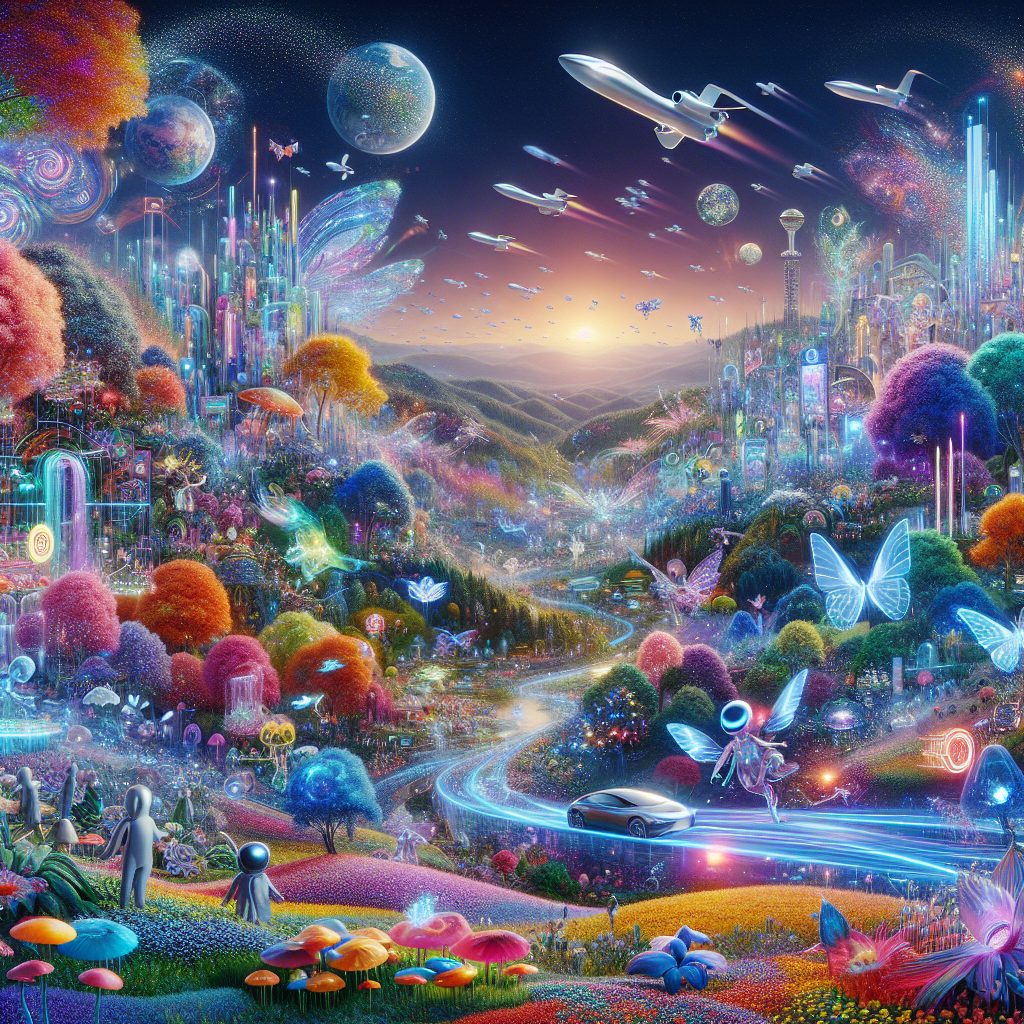The Evolution of AI Video Generation: A Deep Dive into Pika 1.0
The realm of artificial intelligence is a dynamic and rapidly evolving industry, particularly in the sphere of video generation. Emerging on the forefront of this revolution is Pika 1.0, an AI video generator that has recently garnered attention for its impressive capabilities. Pika 1.0 isn't merely another player in the game; it is redefining the rules, as it offers a multitude of features that cater to both novice users and seasoned professionals. In this comprehensive analysis, we will dissect the functionalities of Pika 1.0 and consider its potential impact on the future of video editing and content creation.
Text-to-Video and Beyond: The Prowess of Pika 1.0
Pika 1.0 distinguishes itself as an advanced text-to-video model, but its offerings extend significantly beyond this. The software's versatility is evident in its capacity for image to video, video to video, upscaling videos, and adding additional lengths to existing clips. Not to be overlooked are its 'expand canvas' feature, referred to as outpainting, and its modify region functionality, also known as inpainting. This multitude of options serves a vast array of user needs, from casual experiments in video creation to professional-grade projects that demand precision and artistic control.
User Interface and Accessibility
Accessibility is often a key differentiator when it comes to technological tools, and Pika 1.0 scores high on this front. The user interface is designed with a clean, intuitive layout, enabling users to easily navigate and manage their video creations. The convenience of hovering over videos to preview animations, coupled with the simplicity of retracing steps or exploring the creativity of others via the 'explore' function, makes Pika 1.0 a highly user-focused platform.
Customization and Control
The level of customization Pika 1.0 offers is nothing short of remarkable. Users can generate videos in six different aspect ratios, adjust frames per second, and manipulate camera movements with options to pan, tilt, zoom, and rotate. The ability to modify the strength of motion and the retry option to perfect a prompt demonstrate the software's commitment to giving users full creative control over their videos.
Innovative Features: Outpainting and Inpainting
Outpainting and inpainting are two features where Pika 1.0 shines exceptionally. Outpainting, or expand canvas, allows users to smoothly transition from one aspect ratio to another, filling in the expanded area seamlessly to fit the new format. Inpainting, or modify region, lets users easily replace elements within a video, whether it's swapping animals in a scenic landscape or altering personal attributes like hair color. These features suggest a new horizon in video editing where limitations are becoming increasingly inconsequential.
The Future of AI Video Generation
The capabilities of Pika 1.0 signal a substantial leap forward for AI in video generation. Potential applications are boundless, spanning from entertainment and advertising to education and personal content creation. While the platform is currently free, it is unlikely to remain so as its popularity and usage climb. As with many AI tools, ethical considerations and copyright concerns are important to monitor, especially when it comes to generating content that may infringe on intellectual property.
Real-World Performance: From Concept to Creation
Pika 1.0's real-world performance is as notable as its specs on paper. The software has been tested thoroughly, showcasing impressive results such as a wolf on a mountaintop howling at the moon, demonstrating high-definition, cinematic-quality output with fluid motion. The ability to extend video length with added coherence is particularly intriguing for creators looking to develop longer content. From mesmerizing star lapses to bustling alien marketplaces, Pika 1.0 seems capable of bringing any imaginative concept to life with startling accuracy.
Limitations and Considerations
No tool is without its limitations, and Pika 1.0 is no exception. The quality of extended videos may decline as they grow longer, indicating a potential boundary in the software's algorithmic capabilities. Additionally, the challenge of impersonation and potential scams surrounding AI tools like Pika 1.0 is an industry-wide concern that users must stay vigilant about.
Conclusion: A Glimpse into the AI-Driven Future
Pika 1.0 is a testament to the astonishing advancements in AI video generation technology. Its robust set of features, combined with a user-friendly interface and a high degree of customization, firmly establishes it as a front-runner in the field. As we marvel at its current achievements, it is exciting to ponder the future enhancements that will emerge as the technology matures. Pika 1.0 is not just an impressive tool for today—it is a harbinger of the transformative potential of AI in the creative world of tomorrow.
It's clear that as AI video generation evolves, platforms like Pika 1.0 will become more integral to the creative process, possibly reshaping entire industries. The landscape is changing, and Pika 1.0 is at the vanguard, leading the charge into a future where the lines between human creativity and AI-assisted production become increasingly blurred.
Related News
- Pika Labs 1.0: The Dawn of Accessible AI Video Generation
- The Evolution of Generative Video AI: Understanding the Technological Leap
- Unleashing Creativity: A Dive into the World of Advanced AI
- The Dawn of a New Era in AI Video Generation
- Harnessing AI for Video Creation: A Deep Dive Into the Future of Content Production
